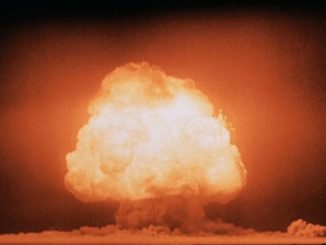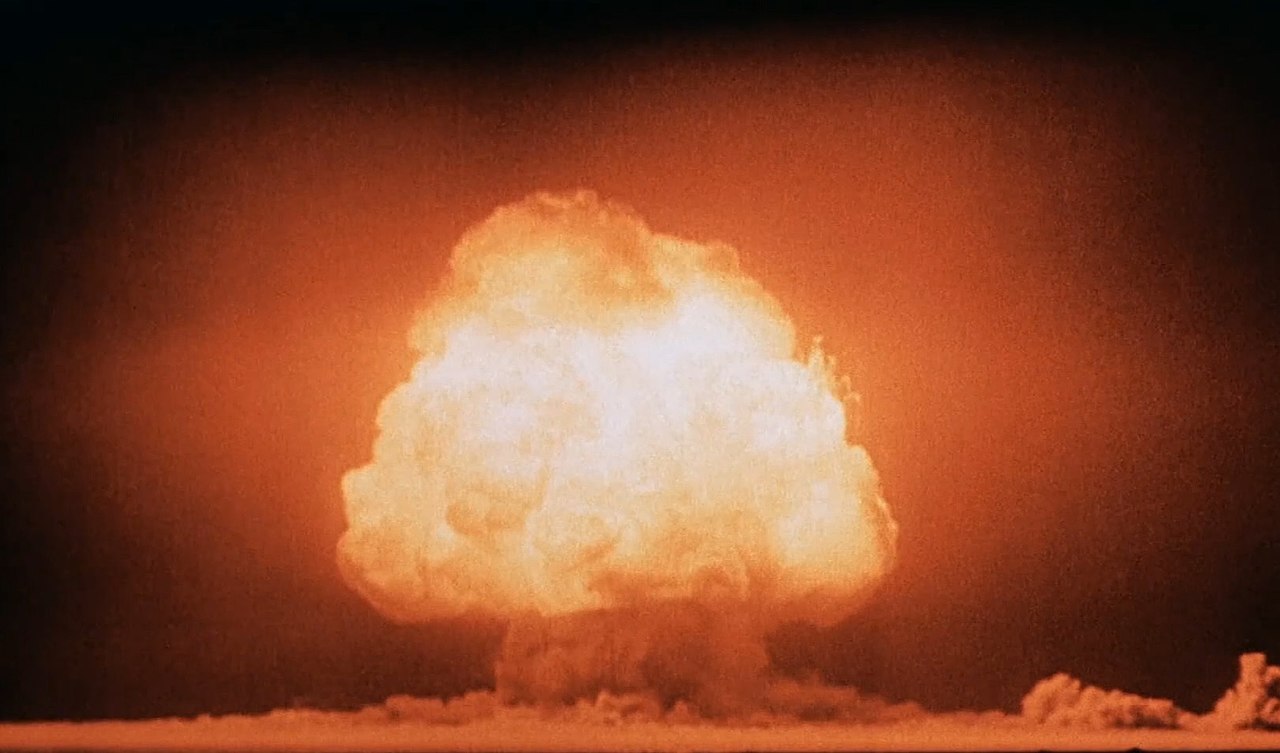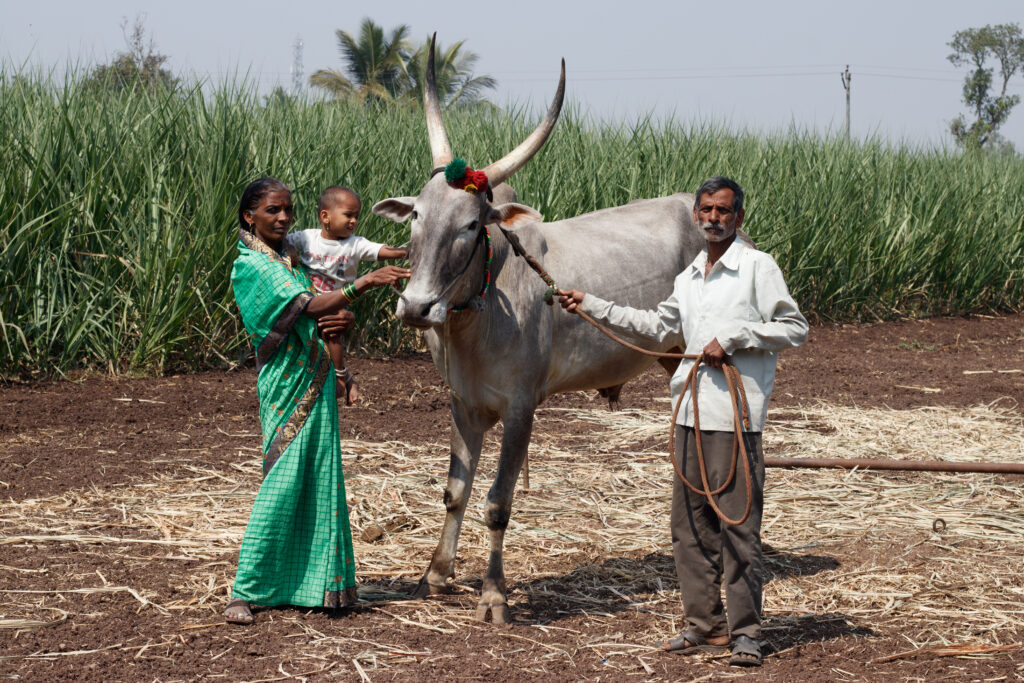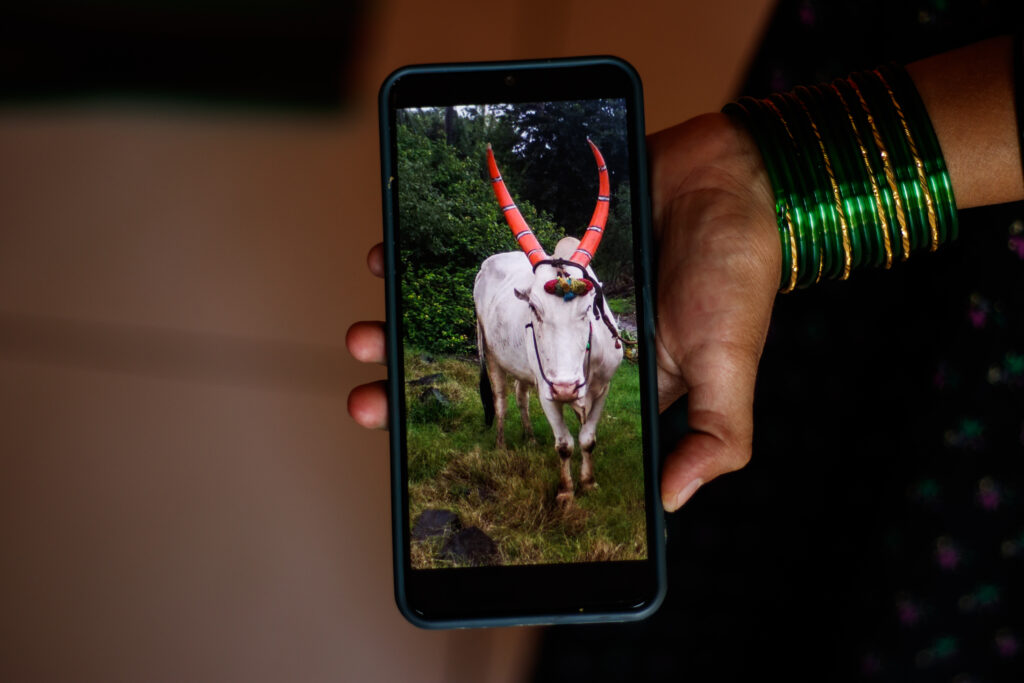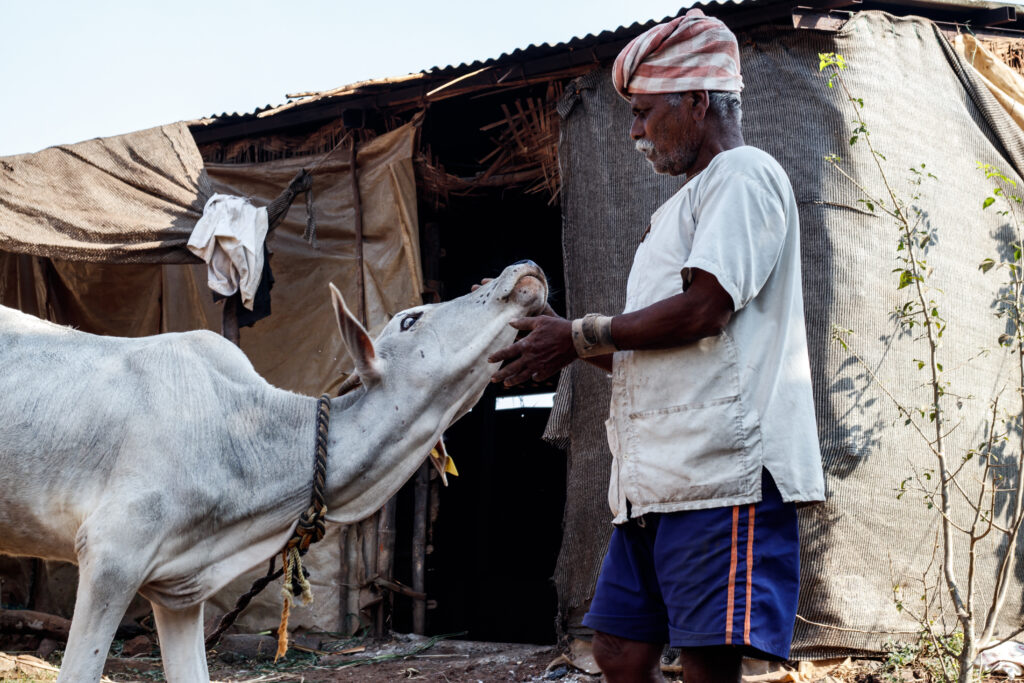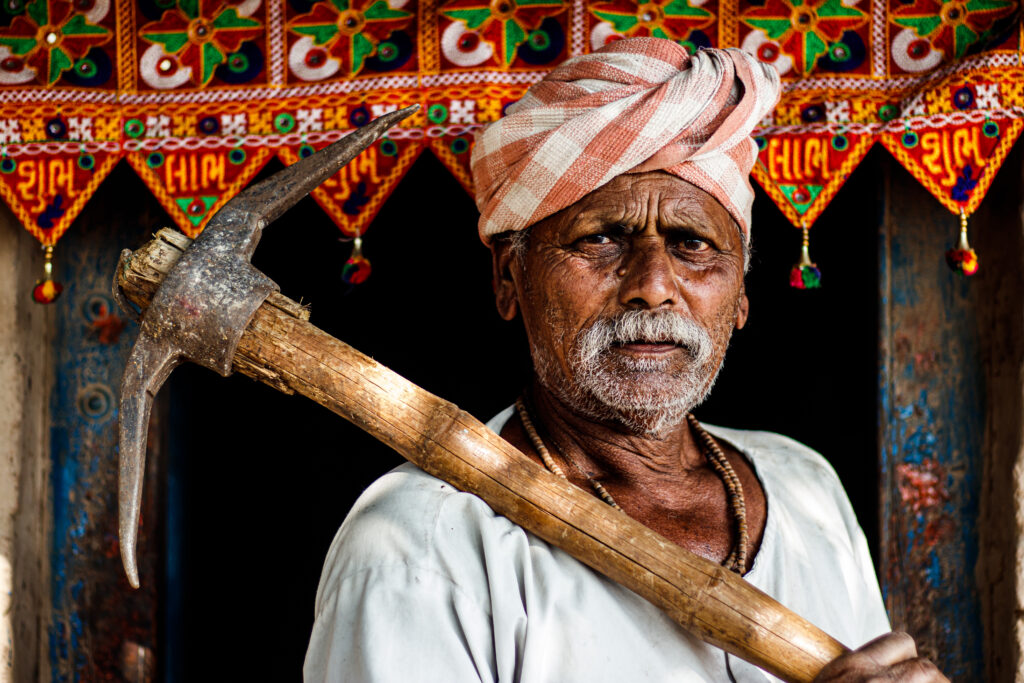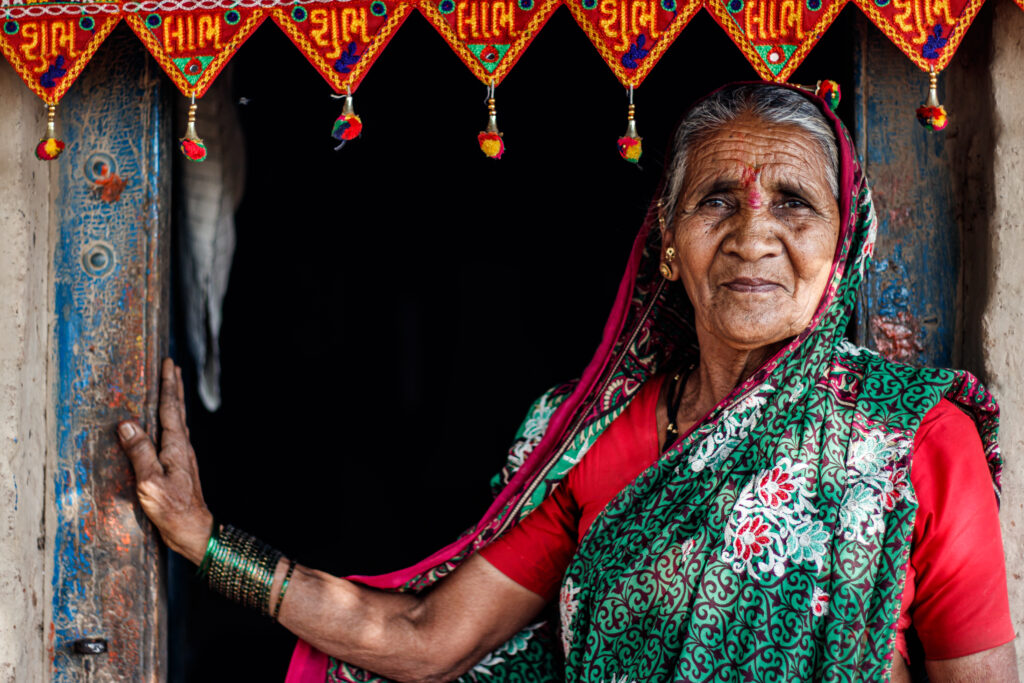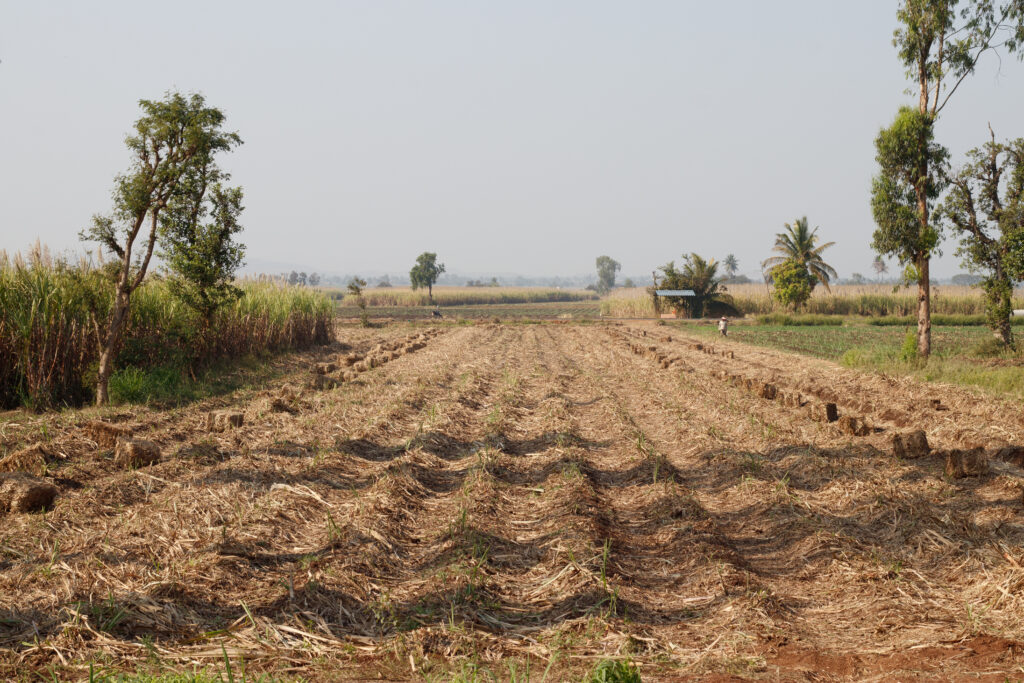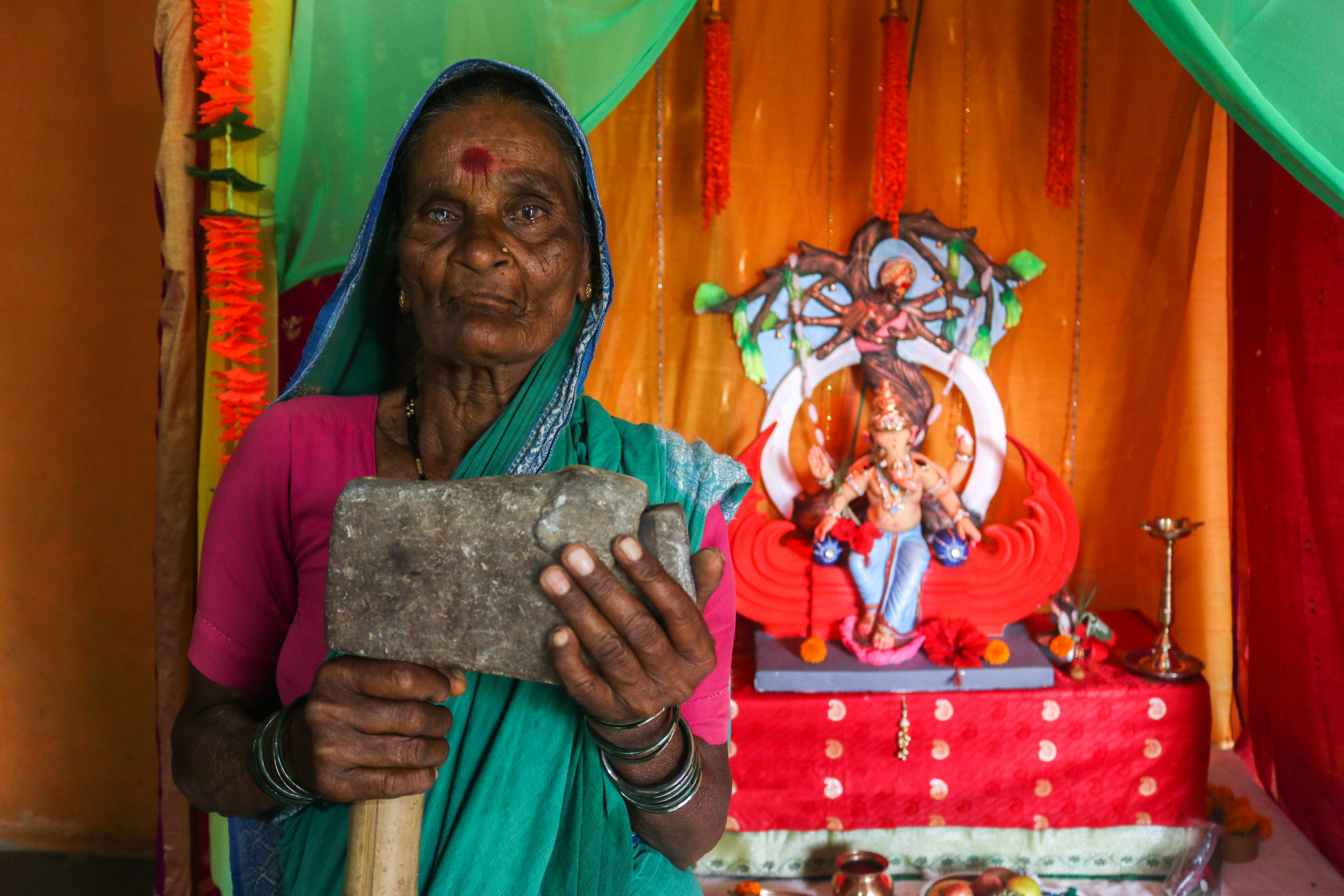
Kastura Chougule couldn’t sleep despite having worked 15 hours in the field.
“I was exhausted, but something didn’t feel right,” she recollected. It was half past midnight. Small, shriveled and in her early 70s, Chougule managed to muster enough strength to stretch her muscles and quickly walk toward the adjoining tin shanty.
Her son, Vijay, was sitting on the floor, covering his entire forehead with his hands.
“What’s wrong, son? What’s bothering you?” she asked in the vernacular Marathi language.
Vijay, in his mid-30s, didn’t reply, nor was he aware she had entered the room. After she asked multiple times, he replied, “Go to sleep. It’s too late.” It was the last his mother would see him. By nine in the morning, family members wondered why Vijay hadn’t woken up yet. By the time they had rushed to the house, Vijay, a stone cutter from the western Indian state of Maharashtra’s Jambhali village, was found hanging inside his shanty.
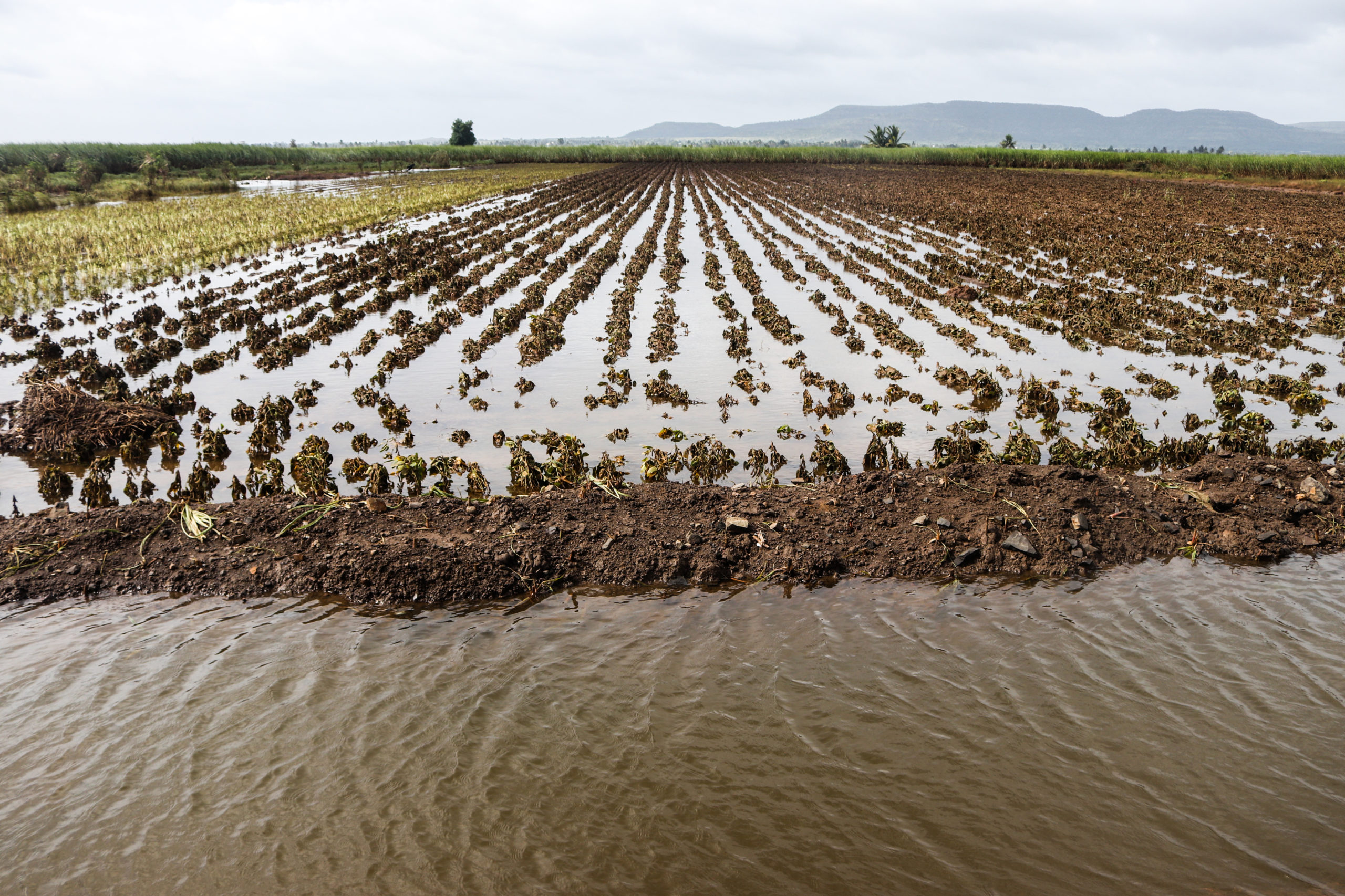
Economy Grows, While Poor Left Behind
Vijay was one of 153,052 people who died by suicide in 2020. A year later, this number increased by 7 percent to 164,033 suicides, as per India’s National Crime Records Bureau (NCRB) which releases suicide figures every year. This marked the highest annual count since 1967, the year the NCRB began recording. India also witnessed a 10 percent increase in suicides between 2019 and 2020.
Last month, however, India became the fifth-largest economy, overtaking the United Kingdom. However, a United Nations Development Program (UNDP) report released in the same week found India ranked 132nd out of 191 countries on the Human Development Index. It has slipped to two spots since 2020.
Moreover, for the first time, daily wage laborers comprised more than 25 percent of suicide cases. In 2014, they made up only 12 percent of suicides, which means this portion of the Indian population’s suicides has increased by 113 percent.
Within the first month of India’s nationwide lockdown starting March 2020, 122 million people lost their jobs, estimated the Centre for Monitoring Indian Economy, a private company. Daily wage laborers and small traders comprised roughly 75 percent. A report found that a year of the lockdown pushed 230 million Indians into poverty. By the end of 2020, 15 million workers were still out of jobs, including Vijay.
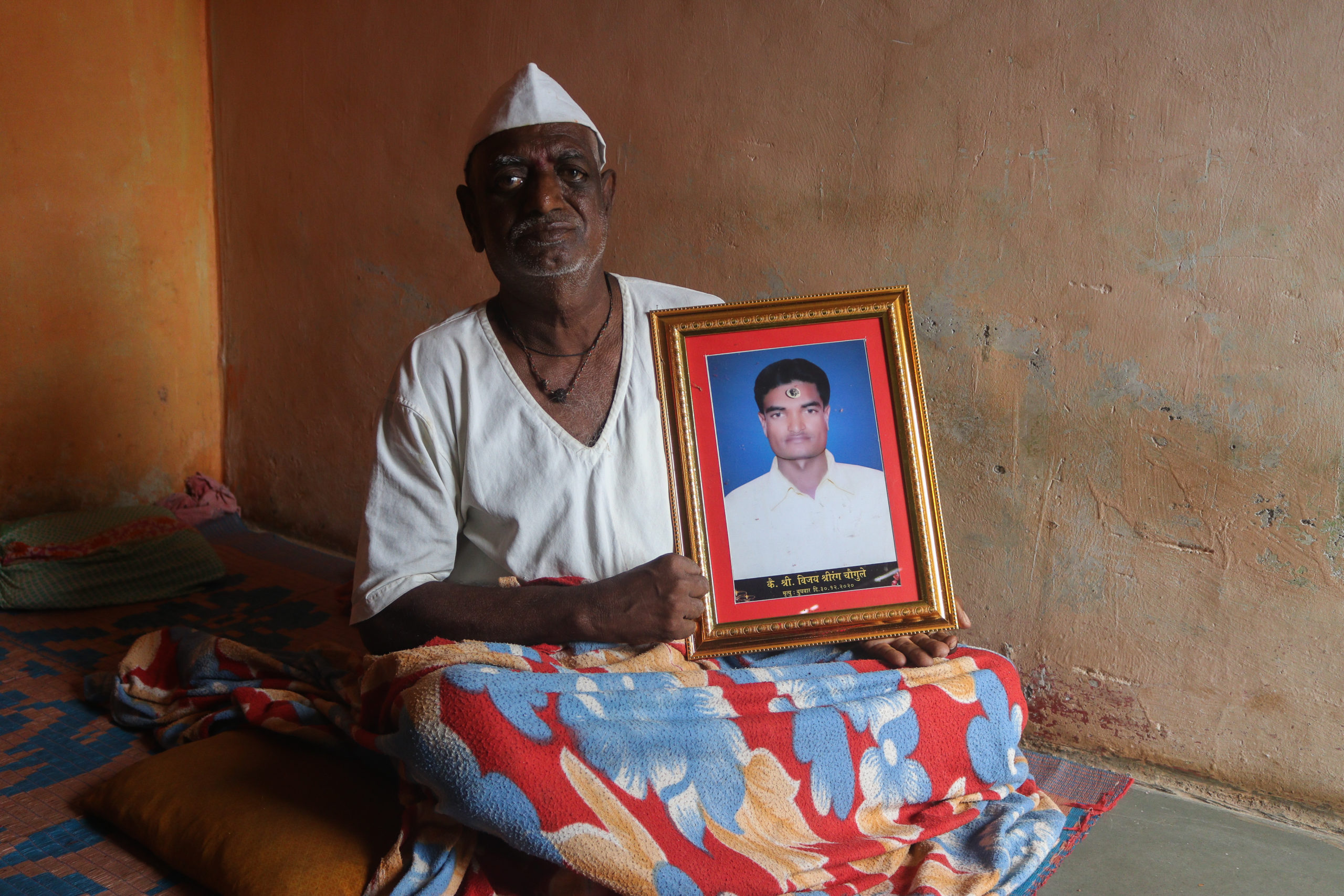
‘We Never Imagined Life Would Break Him So Much’
“Ever since the lockdown, he was home most of the time. Moreover, construction work came to a halt in most places, which further affected his work,” says his father, Shrirang, who’s in his early 80s now.
Vijay left behind his sledge hammer, which weighs much more than what Kastura can lift.
“This is my son’s last sign,” she says tearfully. She spends most of the time staring at the ten kilograms (22 pounds) hammer.
“Suicide was the last thing he would contemplate,” she says. “For all of us, he was a support system, and we never imagined life would break him so much.”
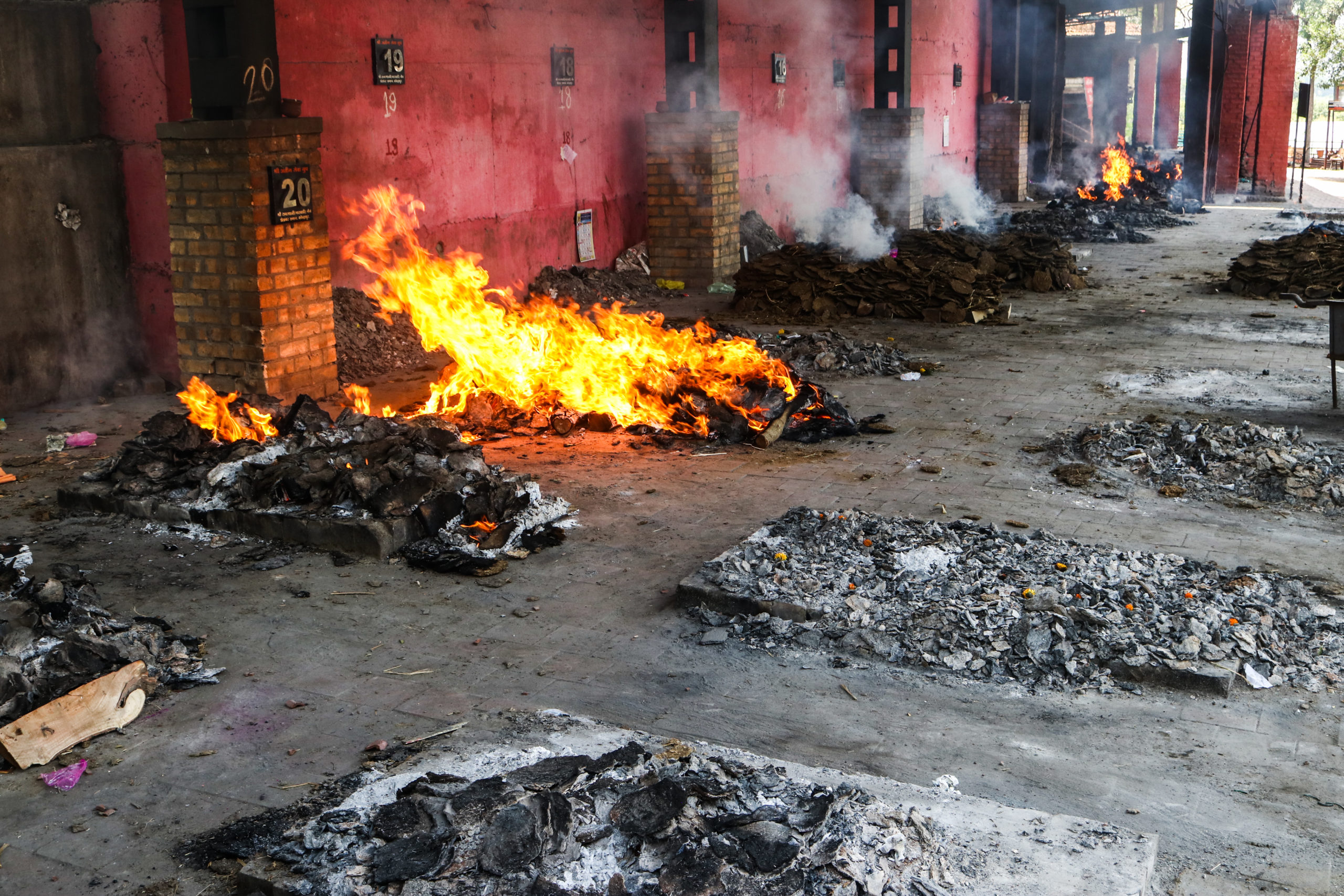
What Drove Vijay to Suicide?
A daily wage earner, he earned roughly 300 Indian Rupees ($3.50) for 10 hours of work breaking stones and boulders. He would hoist his hammer at least 4,000 times a day.
“For 6 to 7 months, he didn’t get enough work, which stressed him tremendously,” said his niece, Manisha, 22. When India lifted its nationwide lockdown after 67 days, Vijay found a few days’ work. “While using a tile cutter machine, he met with an accident and lost one of his fingers,” Manisha said.
This was a major blow as he found it extremely difficult to work now. “The task of breaking boulders using a mere hammer comes with no security, and he ended up permanently injuring one of his fingers a year before,” Shrirang said.
Still, Vijay tried breaking stones but couldn’t work with his previous intensity. Further, local lockdowns brought an end to whatever bare minimum work he got.
To undergo surgery for his fingers, he took out a medical loan of 200,000 Rupees ($2,500). “After this surgery, he wasn’t the same. He rarely spoke,” Manisha said. Two months later, he was diagnosed with severe dengue which permanently broke him.
“A few days before the suicide, he told me, ‘What’s the point of living now?’” Shrirang recounted, adding he tried every possible way to convince Vijay not to give up. “I even told him I would help him start a new business.”
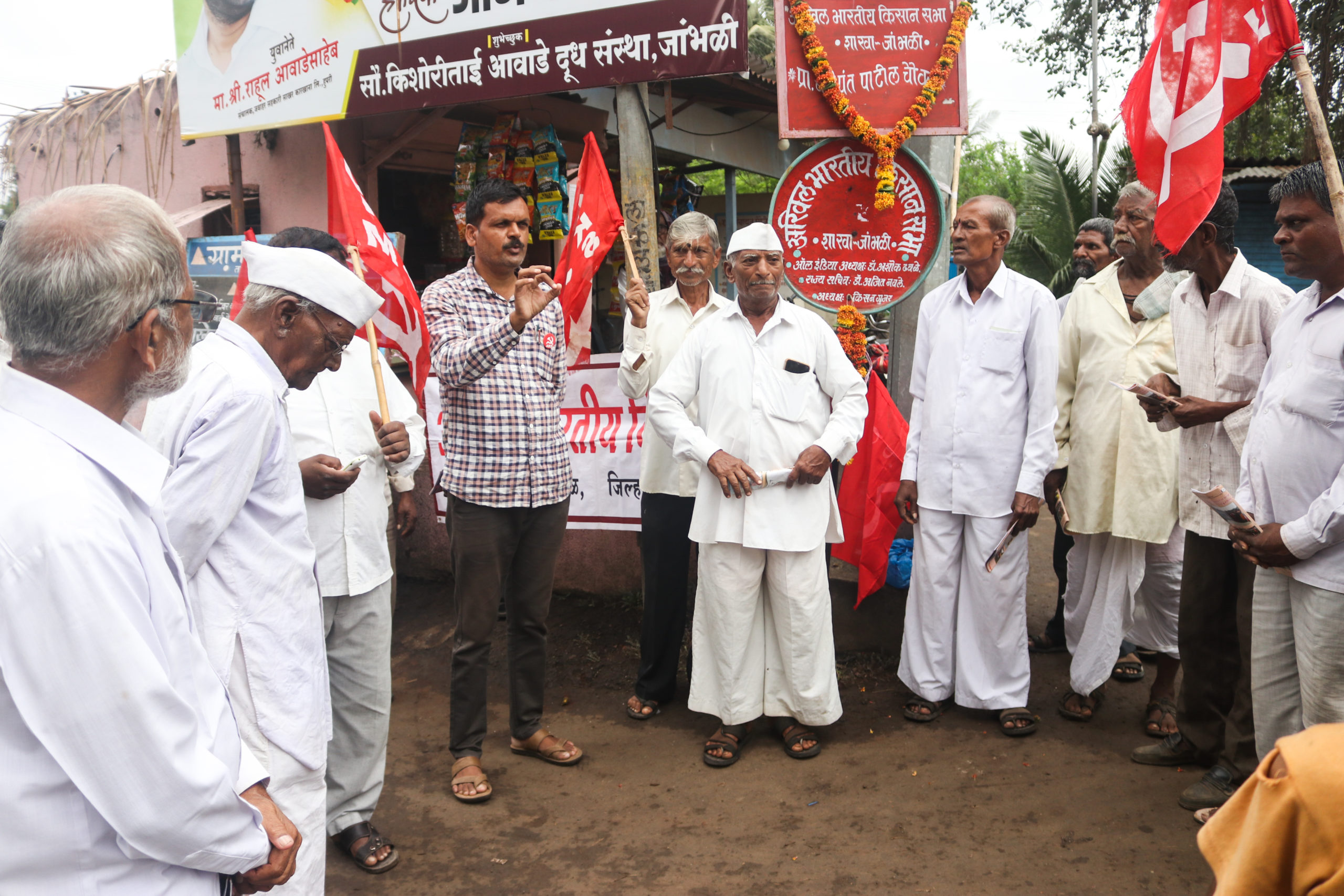
‘A Much Larger Problem’
The World Inequality Report 2022 mentioned the top 10 percent in India hold 57 percent of the national wealth, while the bottom 50 percent merely own 13 percent. “India stands out as a poor and very unequal country, with an affluent elite,” the report remarked.
“The stark inequality talks of a much larger problem,” says Amol Naik, a lawyer who is a member of All India Kisan Sabha, the farmers’ wing of the Communist Party of India (Marxist). “With the rapid increase in privatization, many public schools, hospitals and other important institutions that serve the poor have been completely destroyed. Moreover, with the rising inflation, the daily wage earners are caught in a tremendous debt cycle, with no support system.”
Further, in 2021, climate change impacts such as floods, heat waves, cyclones, landslides and other disasters have made more than 5 million hectares of land (12.3 million acres) unusable, pushing more people into poverty.
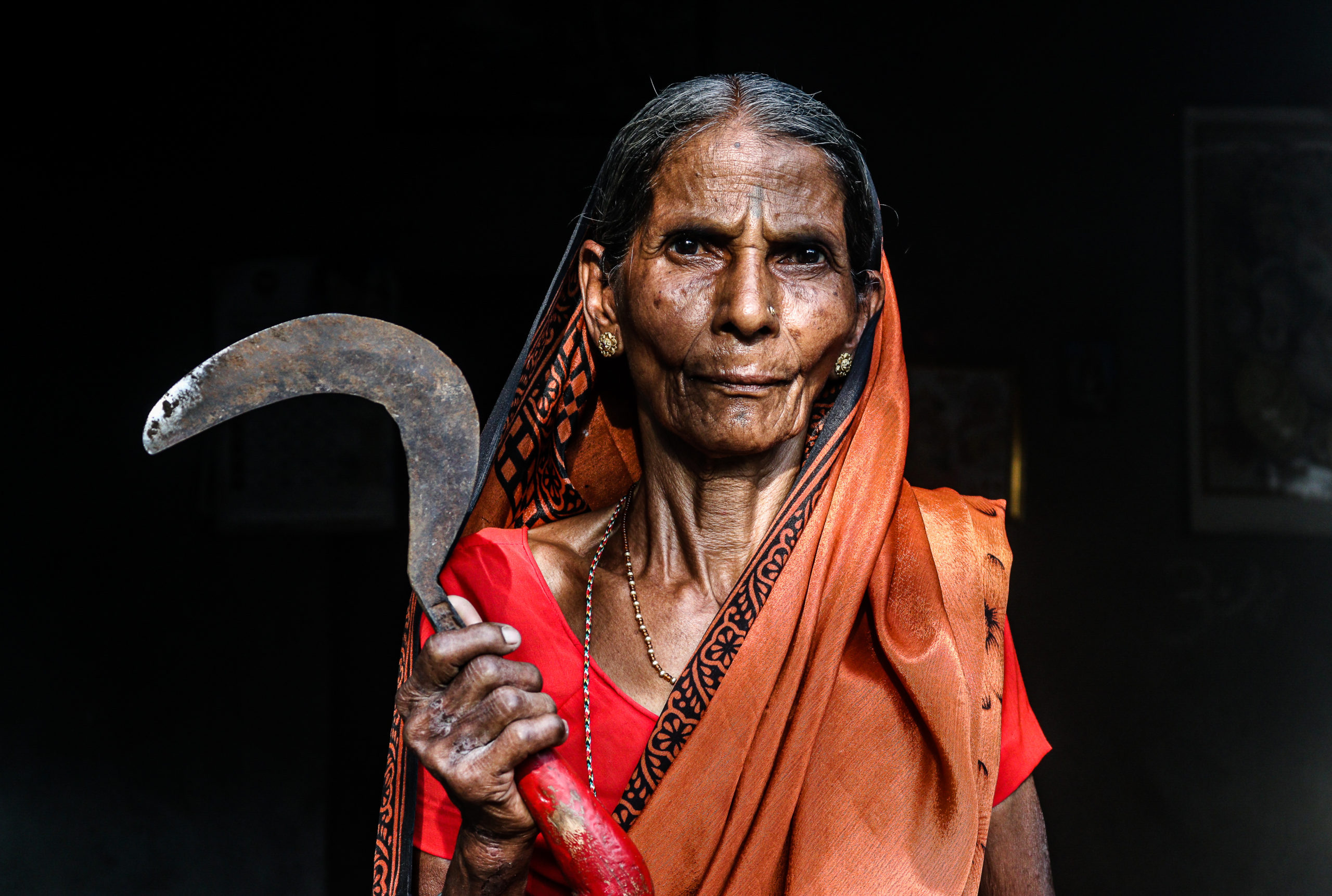
Inadequate Mental Healthcare
In September 2021, Vishal Ugale told his sister that he wanted to rest for a while, so that he could leave for work in the evening. However, he never went to work.
The Ugale family had gathered to celebrate an auspicious occasion at 5:30 p.m.
“We were all dialing Vishal to start the auspicious ceremony, but he wouldn’t take our calls,” recalled his mother, Vimal Ugale. No one knew what exactly had happened.
“A few hours later, it was found that Vishal died by suicide in a public veterinary hospital,” said his sister, Savita Khondre.
A resident of Jambhali village in Maharashtra’s Kolhapur district, Vishal tended furnaces in factories and textile mills. “This work often affected him so much that he drank alcohol occasionally to forget his stress,” said Savita. “But since COVID, he started drinking quite frequently.”
Ugale, a farmworker in her early 70s, said she never knew the reason behind his suicide.
“Every few weeks, he would frustratingly say, ‘Why was I born in this household? I don’t want to live anymore,’” she recounted.
Ugale often spent hours talking to Vishal, asking what help he needed. But he wouldn’t say a word.
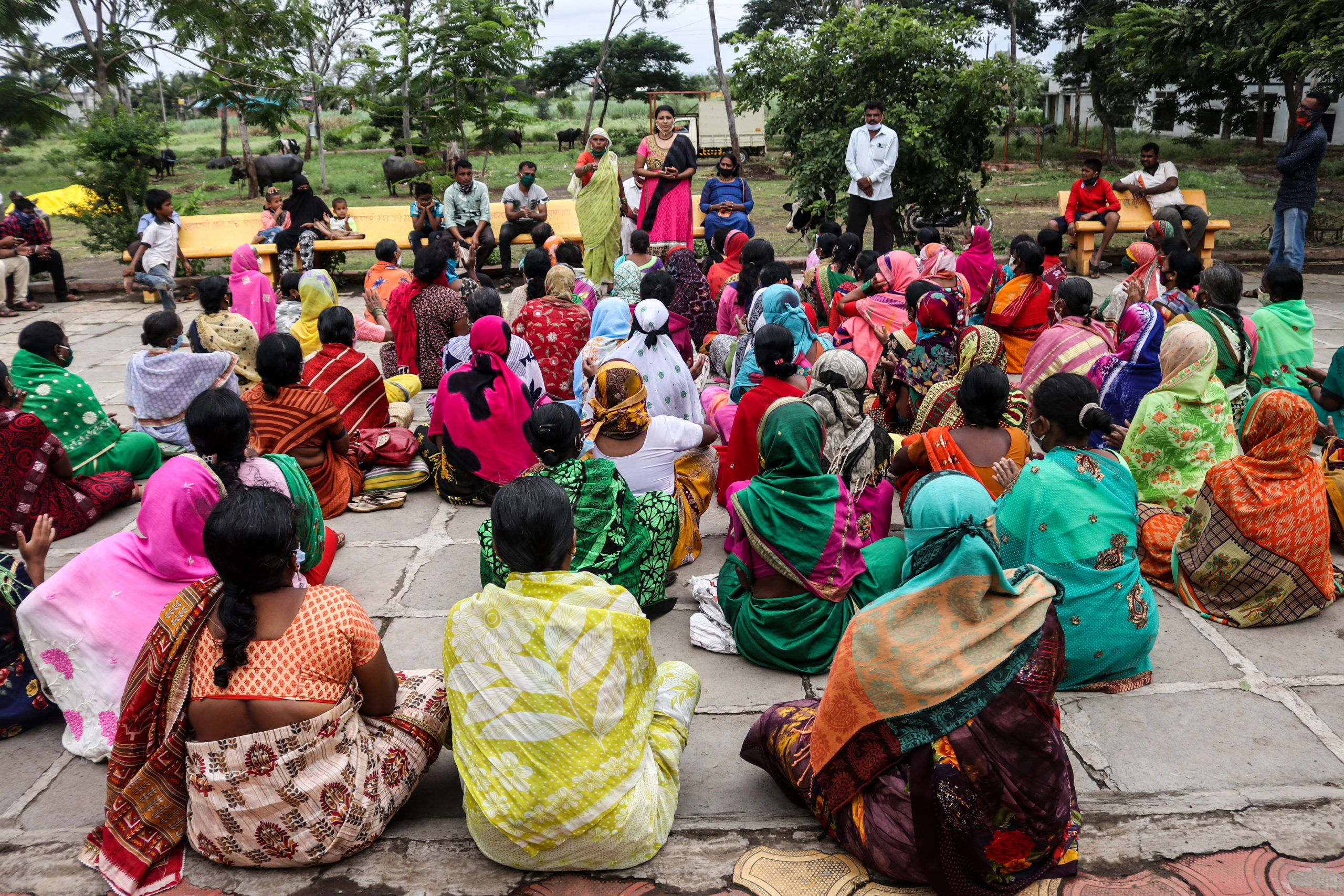
The Taboo of Mental-Health Care
Vishal became more stressed after COVID induced lockdowns, said Khondre. Jambhali, which has a population of roughly 5,000 people, reported more than seven suicides in 2021, as per official records from the village sub-center. A sub-center is the first point of public healthcare for community members.
“Mostly people talk to us about physical illnesses,” said medical officer Dr. Vasanti Patil, under whose care this village falls. “They never mention mental-health problems because it is still considered a taboo in the villages.”
During the lockdown, she observed deteriorating mental health among several villagers, especially the ones who owed loans. “There are so many cases of rising debt, and with dwindling work during COVID, many people were stressed, which further affected them,” she said.
For a population of 1.3 billion people, India has 9,000 psychiatrists and 1,000 psychologists, as per research published in the Indian Journal of Psychiatry. That comes to 1 mental-health professional for every 130,000 Indians.
“Many villages don’t have adequate mental healthcare facilities, leaving people alone, further pushing them [to] the brink of suicide,” shared Naik, who has organized several protests in Maharashtra’s Kolhapur district and also accompanied many protests that marched to Mumbai, the country’s financial capital, to draw attention to the plight of farm workers and daily-wage laborers. “During these protests, almost everyone talks of the rising stress and the rapidly increasing cost of living.”
During the first wave of COVID, India witnessed a large-scale reverse migration, whereby workers returned to villages because they either had lost jobs or had no work. Many daily-wage laborers walked hundreds of miles to reach their villages.
“However, there wasn’t much work in the fields, and many people had no option to earn enough, further stressing them. During this time, the cases of substance abuse increased rapidly,” says community healthcare worker Bharti Kamble.
In her Bolakewadi village of Maharashtra, over half of the villagers migrate to India’s financial capital—Mumbai, working as daily-wage laborers. “All of these factors impacted almost everyone’s mental health.”
Ugale still thinks about what affected her son so much. She has spent several hours talking to Vishal’s friends. But, so far, she hasn’t found anything concrete.
“He left us with many questions, to which we won’t be able to find answers in an entire lifetime.”
If you are experiencing suicidal thoughts or know someone who needs help, please call India’s 24-hour, toll-free national mental-health helpline dubbed “Kiran” at 1 (800) 599-0019 or any of these helplines near you. For the United States, dial 988.
Sanket Jain is an independent journalist based in the Kolhapur district of the western Indian state of Maharashtra. He was a 2019 People’s Archive of Rural India fellow, for which he documented vanishing art forms in the Indian countryside. He has written for Baffler, Progressive Magazine, Counterpunch, Byline Times, The National, Popula, Media Co-op, Indian Express and several other publications.



